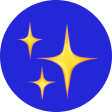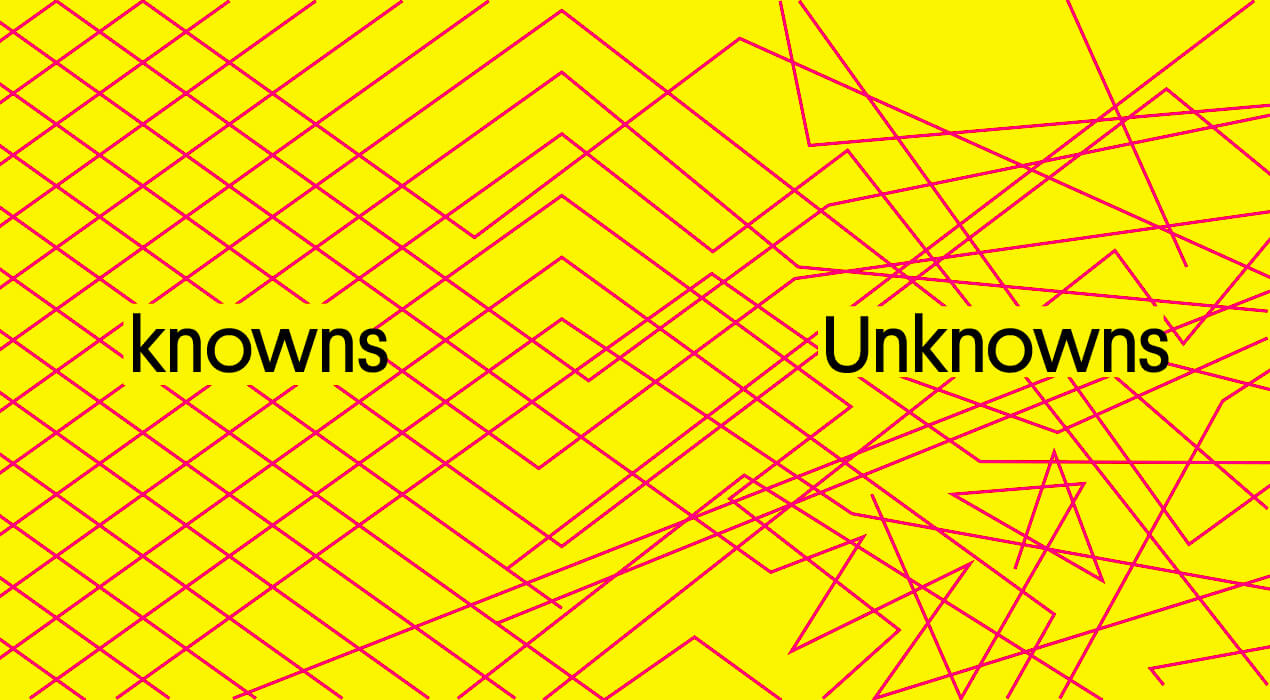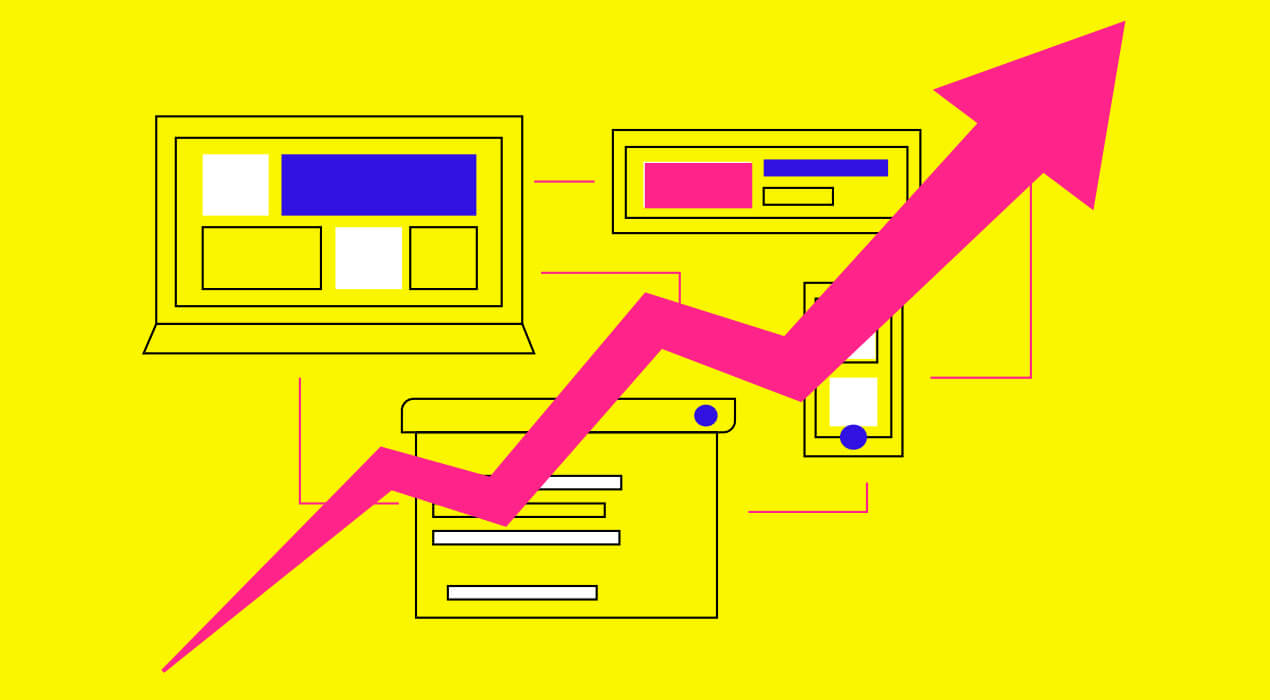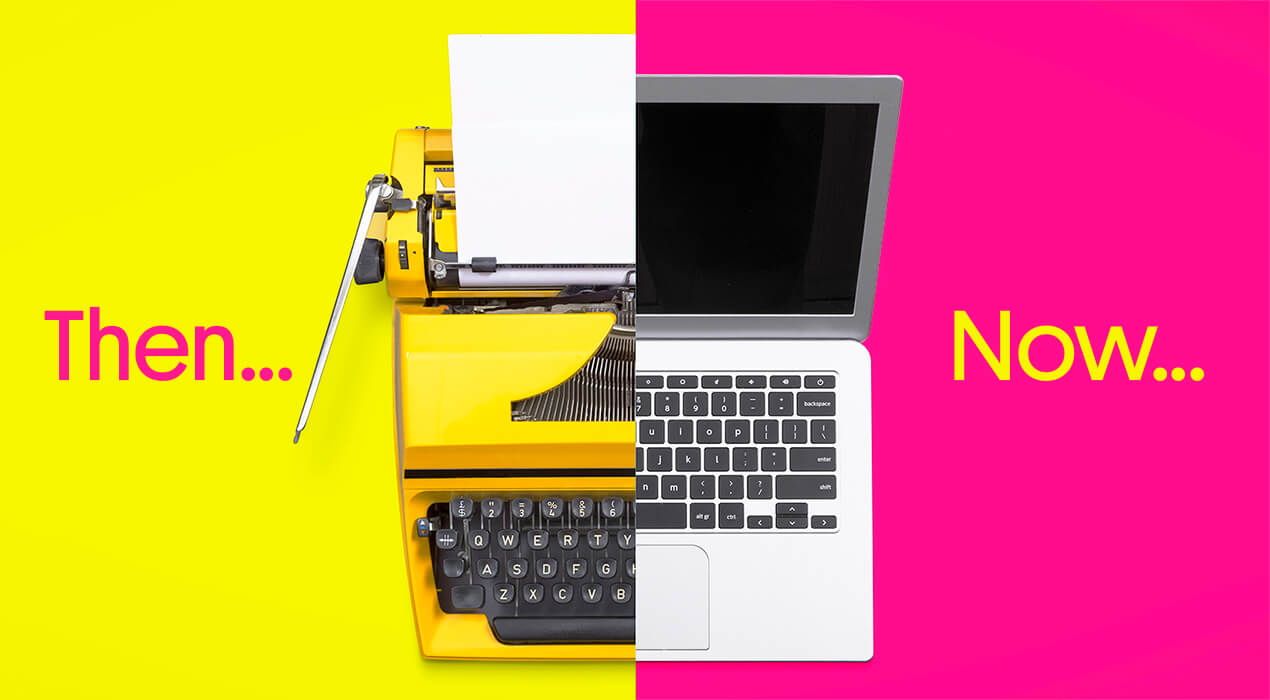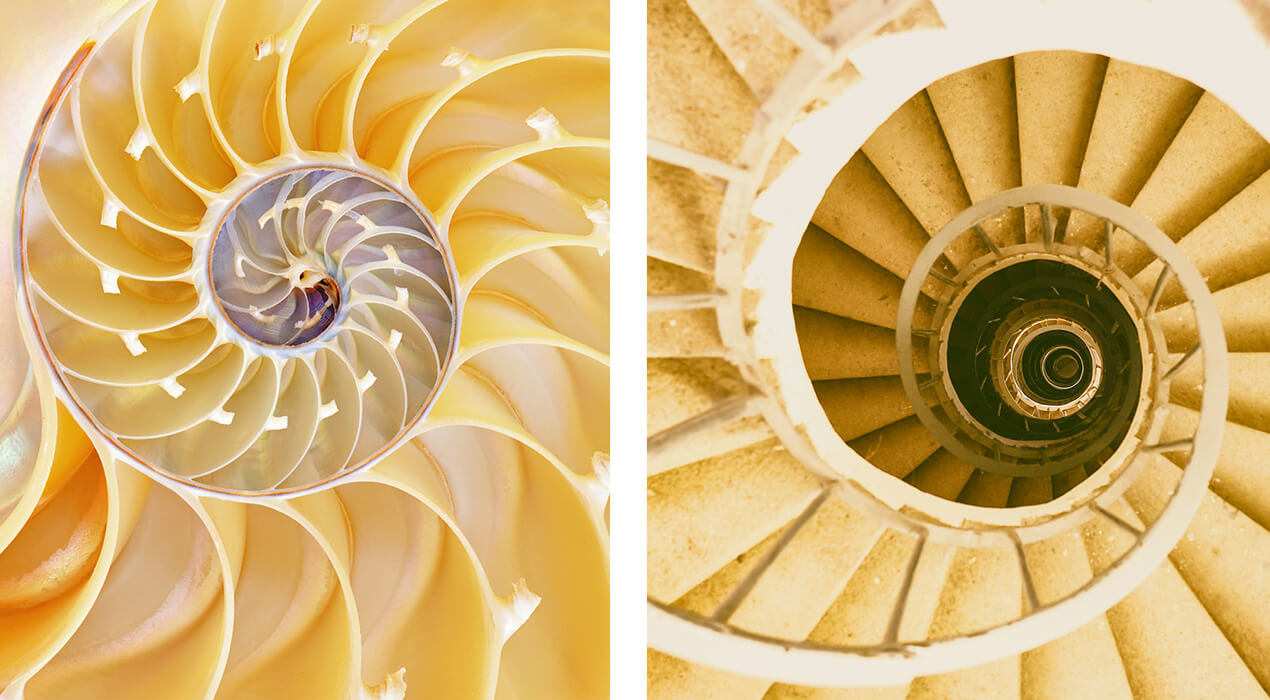The Johari Window – An Ayahuasca of exploring the invisible
By the end of today, you would have made around 35,000 decisions. Think about it. Didn’t you decide whether to snooze your alarm or get out of bed as soon as the alarm rang? Then, you must have made a range of minor decisions around your shower routine, your clothes and your breakfast before finally making any decisions of real consequence as you got into your work from home routine for the day. You even made a decision to read this article and continue reading it to this point! Now, apologies for adding to all this decision-making but let’s play a quick game that will throw some light on your decision-making prowess.
Say, it’s the end of the week already and you have thrown your legs up on the couch, with a glass of wine at hand and a nice movie running on Netflix, and you are all set to order some food for yourself. How easy is it for you to decide where to order from and what to order between 1 and 10 – 1 being extremely easy and 10 being that you might just struggle with it for a long while, before you ‘settle’ because you are so hungry? Give yourself 3 seconds to answer this. One-Two-Three. Time’s up!
Did you say a number between 1 and 5? Well, it means that though you were fast at making your decision, your decision was most probably hasty and thus, not the best one. On the other hand, if you chose a number between 6 and 10, you spent a lot of time gathering information before deciding, and yet, you felt like there was probably a better option! Mikael Krogerus and Roman Tschappeler throw light on such typical decision-making problems like TMI (Too Much Information), PDF (Post-decision Feeling), and Perfection (that is rumoured to exist) in their TEDx Talk aptly called How to Make Good Decisions?.
So, how do you really make good decisions? NASA used a framework in 2003, quite well-known among psychologists but not so popular in the mainstream world to prepare a risk-analysis for the safe landing of it’s space shuttle. It was called the Known-Unknown framework. The premise of the framework was –
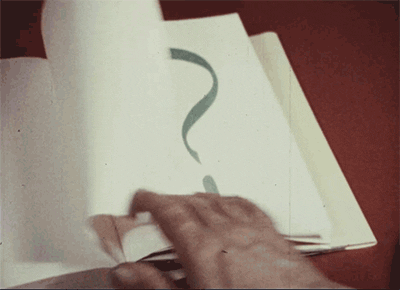
“There are things we know that we know,
There are things we know we don’t know,
There are things we don’t know we don’t know.”
– Donald Rumsfeld
Let that sink in.
Donald Rumsfeld was the Defence Secretary to George W. Bush in 2002, the year the United States was making a case to go to war against Saddam Hussein in Iraq. The reason for war? A 0 to 75 percent knowledge of Iraq having Weapons of Mass Destruction (WMD), i.e. the decision was purely based on what Donald Rumsfeld calls ‘UnKnown UnKnows’, or the ‘things we don’t know we don’t know’. The rationale to go to war was based almost “90 percent on the analysis of imprecise intelligence” for which Donald Rumsfeld was rightly asked to resign.
While the framework has been a great retrospection tool to call out just how much was ‘unknown’ when war was waged against Iraq, the Known-Unknown tool itself has very humble beginnings in a classroom at University of California Los Angeles. American psychologists Joseph Luft and Harry Ingham devised the tool – the Johari Window (combination of their names – Joe and Harry) in 1955 while researching group dynamics in the university. What came was a 2 by 2 matrix that can be filled with information like feelings, experience, views, attitudes, skills, intentions, motivation, etc. about a person (Self), in relation to their group (others). This information is filled from 4 perspectives:
a. Known to self and Known to others
b. Known to self and unknown to others
c. Unknown to self and known to others
d. Unknown to self to unknown to others
The information can then be used as a basis to gradually move the unknowns to the known realm and is popular even today as a team building exercise to enhance soft skills, behaviours and empathy in business settings.
The Johari Window by American psychologists Joseph Luft and Harry Ingham
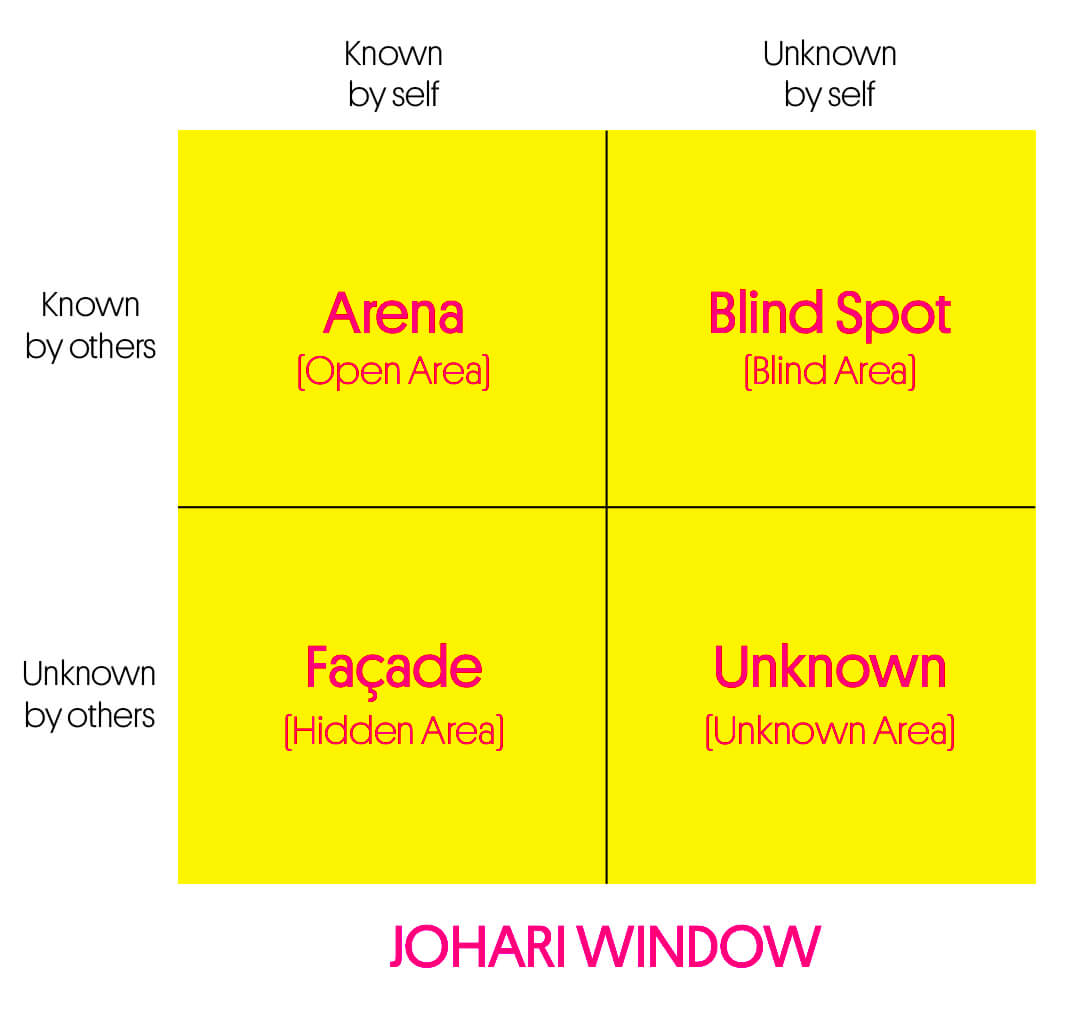
Image: Wikimedia Commons
Physics professor, Dr. Ben Newling adapted the Johari Window as a tool to increase learning by gradually reducing the unknowns and expanding the realm of knowns. He explains that when a student gives an exam, the bits that he knows he knows and his friends also know is in the Known-Known square. The bits that he knows he does not know and his friends know is in the Unknown-Known square. The bits that he knows he knows but his friends do not know is in the Known-Unknown square and the bits that he doesn’t know he doesn’t know is in the Unknown-Unknown square, such as when the teacher does not teach you something and asks that in the exam – how dare he!
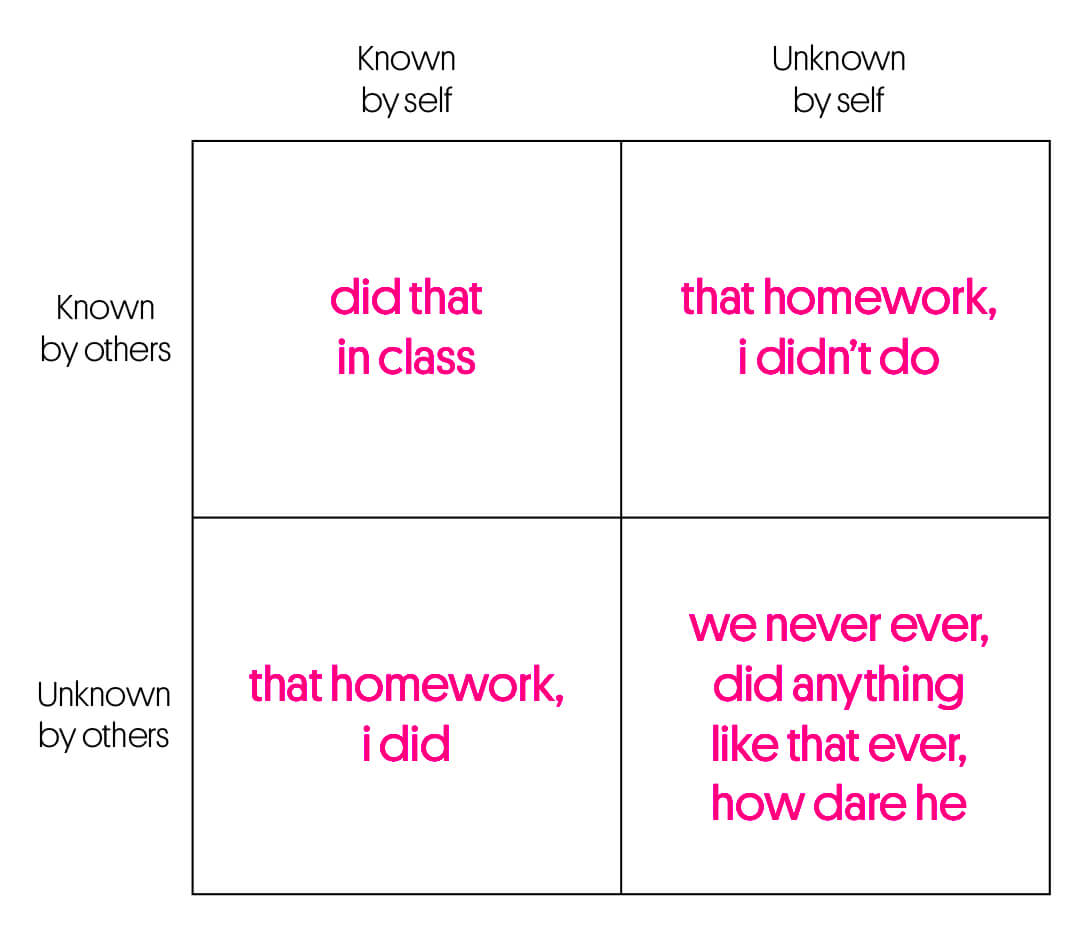
The Johari Window as a tool to increase learning
Image: Unknown Unknowns, Dr. Ben Newling, TEDx UNB
In the book Lean Analytics, authors Alistair Croll & Benjamin Yoskovitz use the Known and Unknowns framework to look at data through the Johari Window lens and classify information into the 4 windows as facts, hypotheses, intuitions & prejudices and it could be anything! Like NASA used the model in 2003 as a risk analysis tool, it is believed that the countries involved in the South China Sea disputes try to leave the adversaries in confusion by purposely creating Unknown Knowns. And, in the field of Design Thinking, Palette69, has an organization named Human Decision, whose main intention is to bridge the gap between Known & the Unknown’s of human decision making.
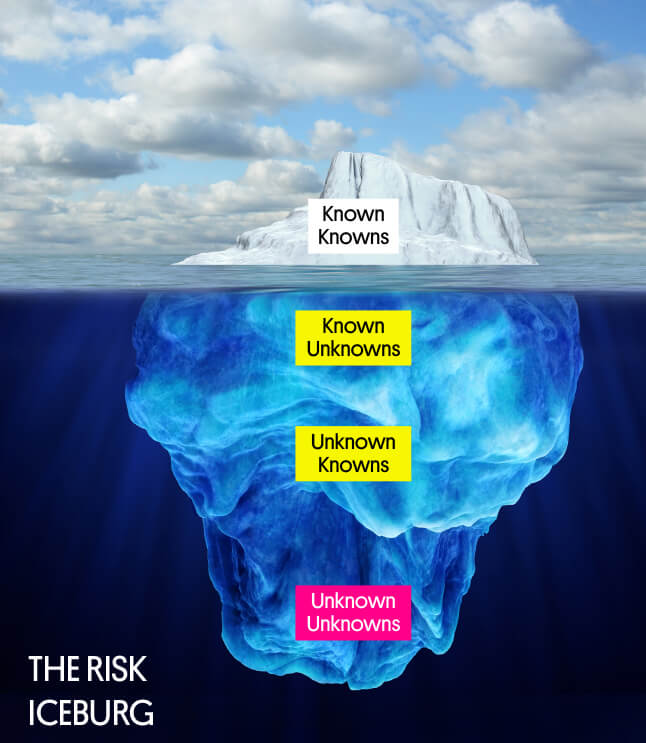
The NASA Risk Iceberg
This simple 2 by 2 grid tool is thus, a versatile one. Use it as a mind map to bring to attention all the Knowns and Unknowns, almost like a problem solving tool to address complex situations. It doesn’t matter if the problem is to decide on what to eat, or whether you are contemplating what career to choose or whom to marry, use this framework to bridge the gap between what you know and what you don’t know you don’t know. Through exploration, the Johari Window model allows you to tap into the vast abyss of unknowns to expand your possibilities of creative decision-making rather than just ‘settling’ with an easy choice. This will encourage open mindedness in society, opening up opportunities that were never thought of before.
Who would have thought a costly mistake like taking a county to war based on Unknown Unknowns would pave the way for an old, hidden tool to become today’s magic mushroom or the ayahuasca of seeing the unknown!
Writing credit – Vishanka
